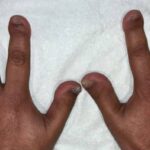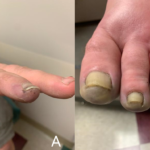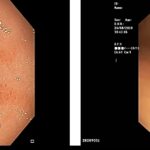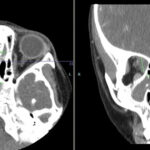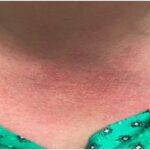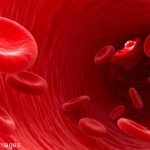Hajdu-Cheney syndrome (HCS) is a rare connective tissue disease, with fewer than 100 cases reported worldwide.1 Hallmark features include acro-osteolysis (i.e., resorption of the distal phalanges of the hands and feet), osteoporosis, facial dysmorphisms, and craniofacial and dental abnormalities. Patients often have short stature and can have neuroanatomical deformities causing intellectual disabilities. These patients can…
